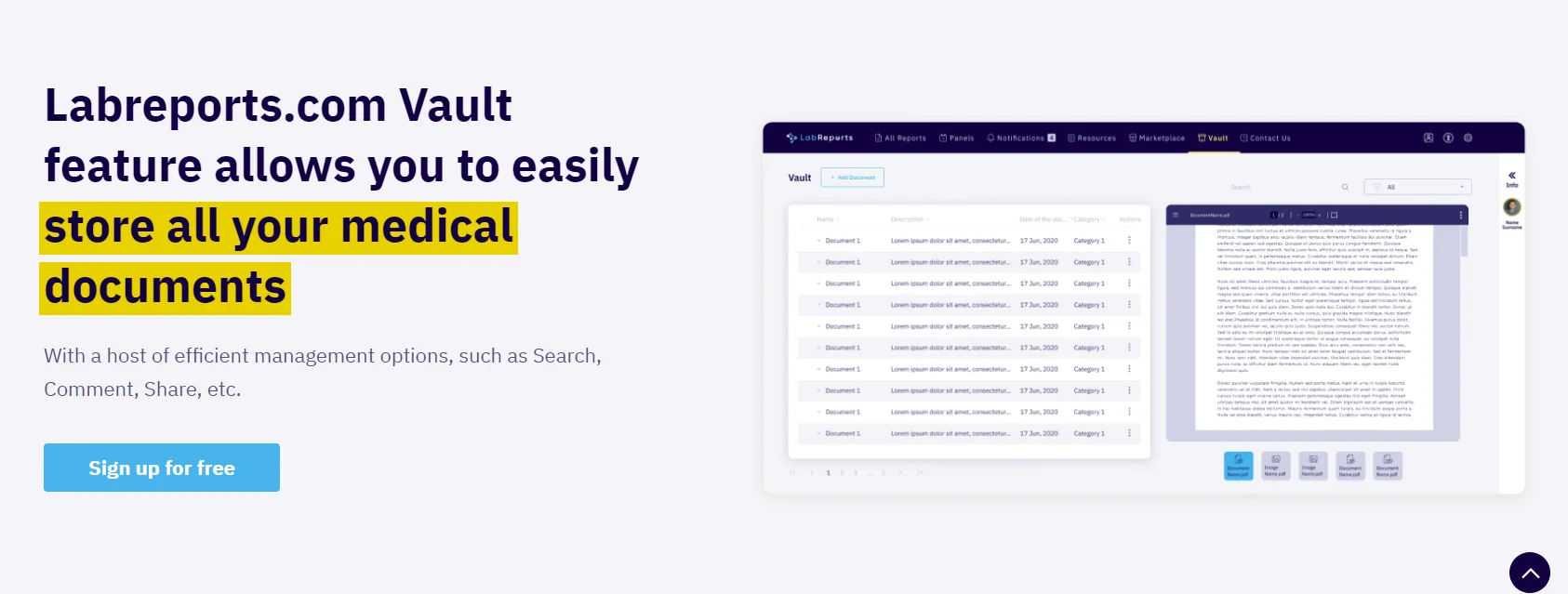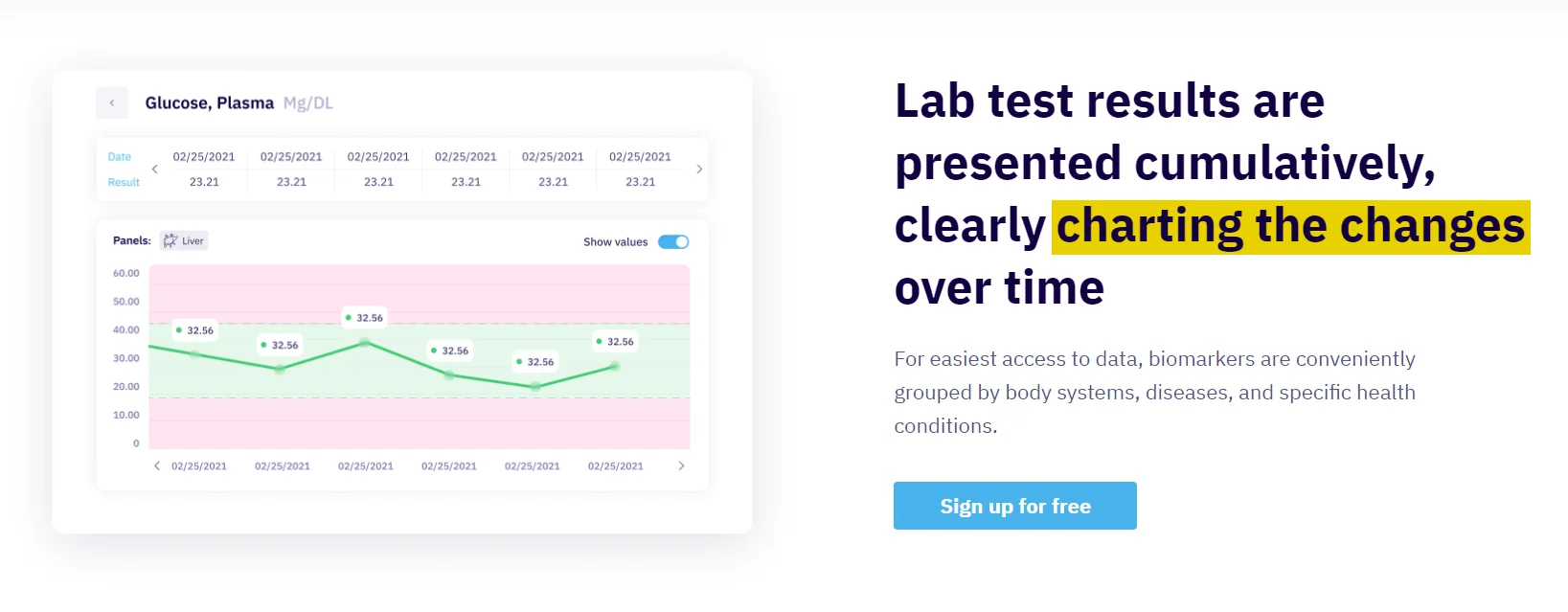Customers in remote rural areas are finding difficulty to access the bank services. It takes them days or even weeks to travel to a location to access the bank services. This may involve training users, deploying hardware, and loading information from the prior system. The Systems Development Life Cycle is the big picture of creating an information system that handles a major task (referred to as an application). An example would be the Department of Defense supply system, the customer system used at your local bank, the repair parts inventory system used by car dealerships.
For example, the waterfall model works best for projects where your team has no or limited access to customers to provide constant feedback. However, the Agile model’s flexibility is preferred for complex projects with constantly changing requirements. The most flexible of the SDLC models, the spiral model is similar to the iterative model in its emphasis on repetition. The spiral model goes through the planning, design, build and test phases over and over, with gradual improvements at each pass. Security is an essential aspect of any software development process. However, unlike traditional software development that addresses security as a separate stage, SDLC addresses security every step of the way through DevSecOps practices.
Customer Success
Programming languages can include staples such as C++, PHP, and more. Developers will choose the right programming code to use based on the project specifications and requirements. Once complete, development managers will prepare a design document to be referenced throughout the next phases of the SDLC. This also equips the system with the latest technologies to face new and stronger cybersecurity threats. In this phase, Developer needs to follow certain predefined coding guidelines.

This SDLC model can be useful, provided your project has no unknown requirements. A software life cycle model describes entry and exit criteria for each phase. A phase can begin only if its stage-entry criteria have been fulfilled. So without a software life cycle model, the entry and exit criteria for a stage cannot be recognized. Without software life cycle models, it becomes tough for software project managers to monitor the progress of the project.
Operations and maintenance
Developers clearly know the goals they need to meet and the deliverables they must achieve by a set timeline, lowering the risk of time and resources being wasted. T’s important that the software overall ends up meeting the quality standards that were previously defined in the SRS document. The design stage is a necessary precursor to the main developer stage. This stage gives a clearer picture of the scope of the entire project and the anticipated issues, opportunities, and directives which triggered the project.
So that you can successfully finish your projects on time and within budget, and in the long run, you’ll become a world-class project manager. At this level, we are not talking about how to organize the phases and work system development life cycle examples within. With so many different frameworks and project management approaches, life cycles are confusing. Small projects are harder to dissect into phases because they overlap with the project management process.
Productivity 101
This phase is the product of the last two, like inputs from the customer and requirement gathering. Similarly, automated and cloud-based platforms, which simulate testing environments, take a significant amount of manual time out of this stage of the system development life cycle. Selenium, a browser testing tool, is one popular example of such a platform. DevOps engineers are essential for allocating self-service resources to developers to streamline the process of testing and rollout, for which CI/CD is typically employed.

Perhaps the most problematic mistake is a failure to adequately account for and accommodate customer and stakeholder needs in the process. This results in a misunderstanding https://www.globalcloudteam.com/ of system requirements, and inevitable disappointment with the end-product. In the monitor phase, various elements of the software are monitored.
V-Shaped Model
It’s worth noting that goal-oriented processes do not adhere to a one-size-fits-all methodology. This model adopts the best features of the prototyping model and the waterfall model. The spiral methodology is a combination of rapid prototyping and concurrency in design and development activities. In the spiral development model, the development process is driven by the unique risk patterns of a project.
- Most developers and project managers opt for one of these 6 approaches.
- Indeed, developing software is not a one-way road; there are different manners of creating web applications.
- Each stage has a separate project plan and takes information from the previous stage to avoid similar issues (if encountered).
- Again, agile’s goal is to reduce cost, increase collaboration and customer satisfaction.
- It enables regular incorporation of feedback, which significantly reduces the time and costs required to implement changes.
STLC (Software Testing Life Cycle) is a series of activities performed during the testing of software. The purpose of this new UI was to create websites, mobile solutions, and intranets for companies and manage them in an efficient manner. After doing so, they test the software over and over again and keep on improving on the previous version with little cost.
What are system development life cycle stages?
It means that a development team can proceed to the next stage only after the
previous one is complete. If the team discovers a defect, the code goes back a step in its life cycle, and developers create a new, flaw-free version of the software. The testing stage ends when the product is stable, free of bugs, and up to quality standards defined in the previous phases. Then, based on the feasibility analysis, the software development team works on building the product’s design.

Every hardware or software system will go through a development process which can be thought as an iterative process with multiple steps. SDLC is used to give a rigid structure and framework to define the phases and steps involved in the development of a system. Agile development model is the most common software development method out there. However, some people use it interchangeably with system development life cycle. Popular SDLC models include the waterfall model, spiral model, and Agile model.
System development life cycle: waterfall model
Systems analysis and design (SAD) can be considered a meta-development activity, which serves to set the stage and bound the problem. SAD interacts with distributed enterprise architecture, enterprise I.T. SDLC and SAD are cornerstones of full life cycle product and system planning. We covered the SDLC phases with examples, and additional topics like the waterfall model and the agile vs waterfall details.

